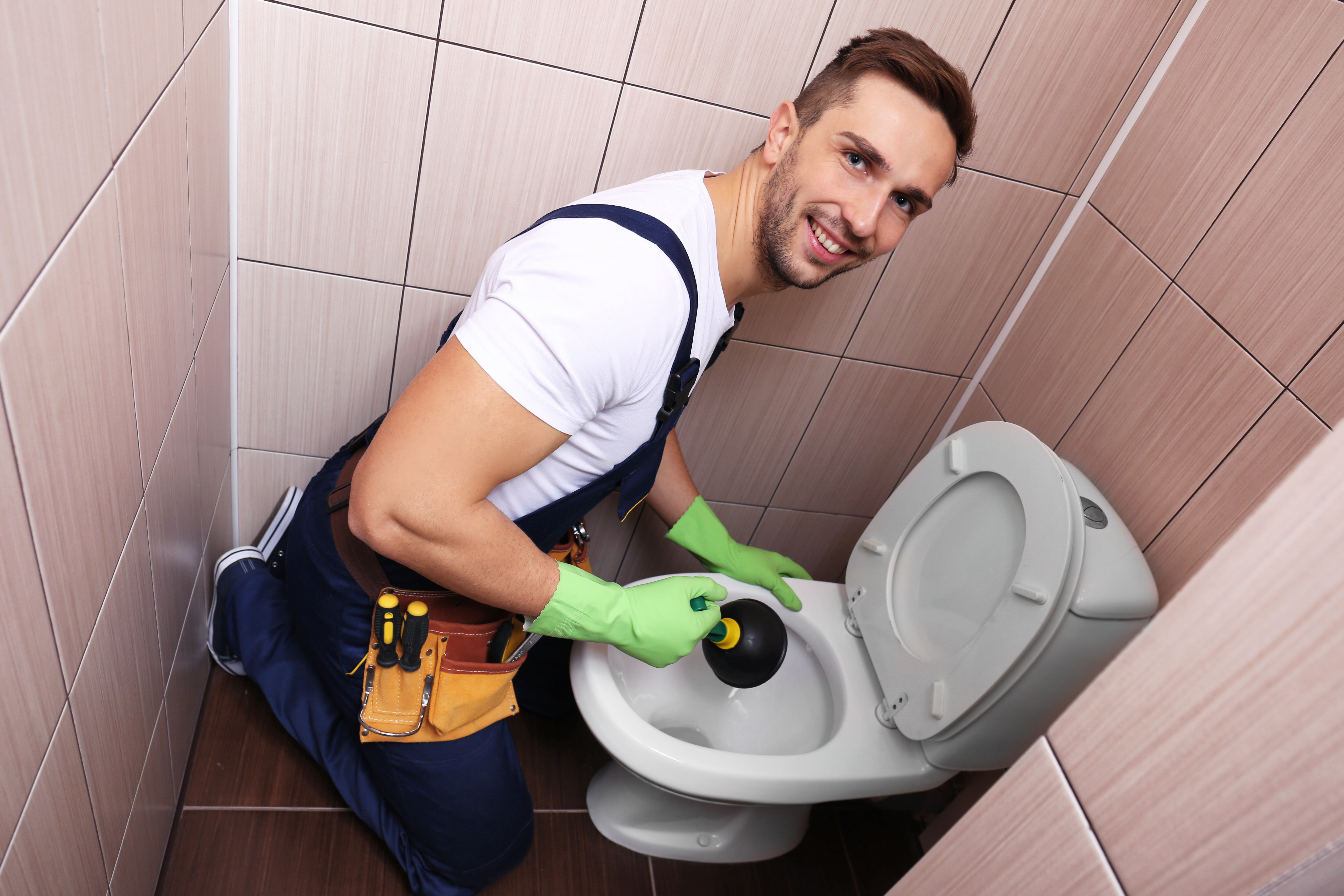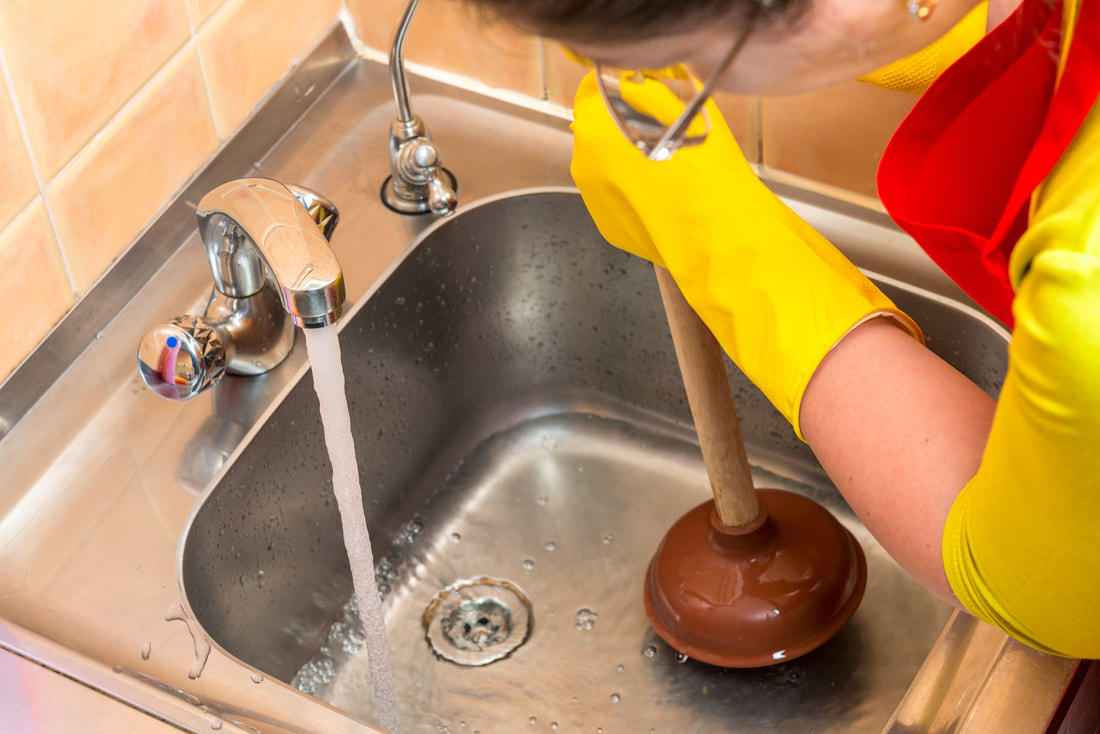Utilizing Plunger and Drain Cleaner: Efficient Techniques
Utilizing Plunger and Drain Cleaner: Efficient Techniques
Blog Article
On this page further down you can locate some decent facts with regards to Here's How to Correctly Use a Toilet Plunger.

Introduction
Correct maintenance of family drains pipes is essential for protecting against obstructions and making sure smooth water flow. Among the secret tools in every home owner's toolkit is the plunger, alongside numerous drain cleansers designed to take on stubborn obstructions efficiently. This article checks out how to utilize plungers and drain cleansers efficiently to maintain your drains streaming openly.
Section 1: Comprehending Bettors
Types of Plungers
There are numerous sorts of bettors readily available, each made for different kinds of drains and obstructs. One of the most common types include mug bettors, flange bettors, and accordion plungers.
How Plungers Work
Plungers service the concept of developing pressure and suction to dislodge clogs. When correctly applied over a drainpipe, they create a vacuum cleaner that can take out particles or separate obstructions.
Picking the Right Bettor
Choosing the ideal bettor depends upon the kind of drain and the nature of the clog. Cup bettors are excellent for sinks and bathtubs, while flange bettors are better suited for commodes as a result of their style.
Common Mistakes with Bettors
Preventing these mistakes ensures reliable plunging: incorrect seal around the drain, not enough force, and unclear surrounding particles.
Area 2: Using Plungers Properly
Preparation
Prior to plunging, make certain the plunger covers the drainpipe completely and creates a tight seal. Clear any type of noticeable debris around the drainpipe opening.
Technique
Begin with mild plunging activities to build suction. Boost stress gradually, utilizing a constant rhythm. Repeat as necessary up until the drainpipe gets rid of.
Troubleshooting Tips
If plunging does not function, attempt readjusting the seal, using oil jelly for a far better seal, or using a different kind of bettor.
Area 3: Recognizing Drain Cleaners
Types of Drain Cleaners
Drain cleaners can be chemical or enzymatic. Chemical cleaners use strong chemicals to liquify obstructions, while chemical cleansers utilize all-natural enzymes to break down organic matter.
How Drain Cleaning Company Job
Chemical cleansers react with clogs to dissolve them, while chemical cleansers break down organic products like hair and oil without hurting pipes.
Safety and security Factors to consider
Always put on handwear covers and eye protection when using chemical drainpipe cleaners. Make certain appropriate ventilation and adhere to producer instructions meticulously.
Eco-Friendly Alternatives
Think about making use of vinegar and baking soft drink or enzyme-based cleaners for eco-friendly choices that are more secure for pipes and the atmosphere.
Area 4: Using Drainpipe Cleaning Company Efficiently
Application Methods
Put chemical cleaners directly right into the drainpipe opening. Permit them to work for the suggested time prior to purging with warm water. Enzymatic cleaners ought to rest overnight.
Safety measures
Prevent blending various sorts of cleansers, as this can generate poisonous fumes. Never ever make use of chemical cleaners together with a bettor, as spilling can take place.
Handling Stubborn Obstructions
For persistent clogs, consider using a plumbing serpent or calling a specialist plumbing professional to stop damages to pipes.
Conclusion
In conclusion, recognizing exactly how to utilize plungers and drainpipe cleaners effectively is essential for keeping healthy pipes systems. By selecting the right tools and methods, property owners can take on minor obstructions and stop major pipes issues down the line.
How To Properly Use A Plumbing Snake To Clear Drains
When any drain clogs in our home arise, we tend to gravitate toward the plunger and little else. In cases where the plunger and its vacuum-created pressure are not able to clear clogs, many immediately move to harmful chemicals or simply call their plumber to fix the issue.
we’re happy to help with all drain cleaning needs and concerns. This includes informing you on a few other home remedies you may have at your disposal for minor to moderate clogs, one of which is the use of a plumbing snake. Many people have never used one of these before – let’s go over the steps to take when your drain clogs and you have a plumbing snake available.
Attempt Plunger Use
The first step here, as we noted above, should indeed be to grab your plunger when you notice a drain clog and attempt to resolve it this way. If you’re unsure how to use a particular type of plunger, our plumbers can answer any questions you have. If this doesn’t do the trick, however, you move on to the snake.
Locate And Prepare Snake
A plumbing snake is a metal or plastic device that’s generally about a quarter of an inch thick. It’s design with significant extensions, meant to reach down into your clogged drain and push the clog out. Snakes also contain drain augers that will latch onto and push stubborn blockages.
If your plunger doesn’t clear a clog, locate your snake and bring it to the drain in question. We also recommend keeping a bucket nearby to collect the clog once you pull it out, plus we’d advise wearing goggles and possibly protective gloves.
Feed Snake
Once you’re ready to go, feed the snake slowly down the drain, using the crank device it comes with to keep it moving until it finds the clog. Once this happens, much of the clog will be latched onto the coil so you can pull it out, while the rest will simply break up and flow downward.
Detach Debris
Remove the snake slowly from the drain, and once you’ve done so, pick off any debris that’s stuck to the coil. This is another area where wearing gloves is a must.
Flush Drain
Finally, take a few minutes to ensure the snake has done its job correctly. If you’ve been using it on a toilet, flush the toilet a couple times and make sure everything flows well. If you’ve used it on a different drain, flush it with some room temperature water.
https://www.mybuddytheplumber.com/blog/how-to-properly-use-a-plumbing-snake-to-clear-drains/

Application Methods
Put chemical cleaners directly right into the drainpipe opening. Permit them to work for the suggested time prior to purging with warm water. Enzymatic cleaners ought to rest overnight.
Safety measures
Prevent blending various sorts of cleansers, as this can generate poisonous fumes. Never ever make use of chemical cleaners together with a bettor, as spilling can take place.
Handling Stubborn Obstructions
For persistent clogs, consider using a plumbing serpent or calling a specialist plumbing professional to stop damages to pipes.
Conclusion
In conclusion, recognizing exactly how to utilize plungers and drainpipe cleaners effectively is essential for keeping healthy pipes systems. By selecting the right tools and methods, property owners can take on minor obstructions and stop major pipes issues down the line.
How To Properly Use A Plumbing Snake To Clear Drains
When any drain clogs in our home arise, we tend to gravitate toward the plunger and little else. In cases where the plunger and its vacuum-created pressure are not able to clear clogs, many immediately move to harmful chemicals or simply call their plumber to fix the issue.
we’re happy to help with all drain cleaning needs and concerns. This includes informing you on a few other home remedies you may have at your disposal for minor to moderate clogs, one of which is the use of a plumbing snake. Many people have never used one of these before – let’s go over the steps to take when your drain clogs and you have a plumbing snake available.
Attempt Plunger Use
The first step here, as we noted above, should indeed be to grab your plunger when you notice a drain clog and attempt to resolve it this way. If you’re unsure how to use a particular type of plunger, our plumbers can answer any questions you have. If this doesn’t do the trick, however, you move on to the snake.
Locate And Prepare Snake
A plumbing snake is a metal or plastic device that’s generally about a quarter of an inch thick. It’s design with significant extensions, meant to reach down into your clogged drain and push the clog out. Snakes also contain drain augers that will latch onto and push stubborn blockages.
If your plunger doesn’t clear a clog, locate your snake and bring it to the drain in question. We also recommend keeping a bucket nearby to collect the clog once you pull it out, plus we’d advise wearing goggles and possibly protective gloves.
Feed Snake
Once you’re ready to go, feed the snake slowly down the drain, using the crank device it comes with to keep it moving until it finds the clog. Once this happens, much of the clog will be latched onto the coil so you can pull it out, while the rest will simply break up and flow downward.
Detach Debris
Remove the snake slowly from the drain, and once you’ve done so, pick off any debris that’s stuck to the coil. This is another area where wearing gloves is a must.
Flush Drain
Finally, take a few minutes to ensure the snake has done its job correctly. If you’ve been using it on a toilet, flush the toilet a couple times and make sure everything flows well. If you’ve used it on a different drain, flush it with some room temperature water.
https://www.mybuddytheplumber.com/blog/how-to-properly-use-a-plumbing-snake-to-clear-drains/

As an avid reader about How to Unclog Your Sink with a Plunger, I was thinking sharing that portion was mandatory. Enjoyed reading our post? Please share it. Help others find it. I recognize the value of your readership.
This Resource Report this page